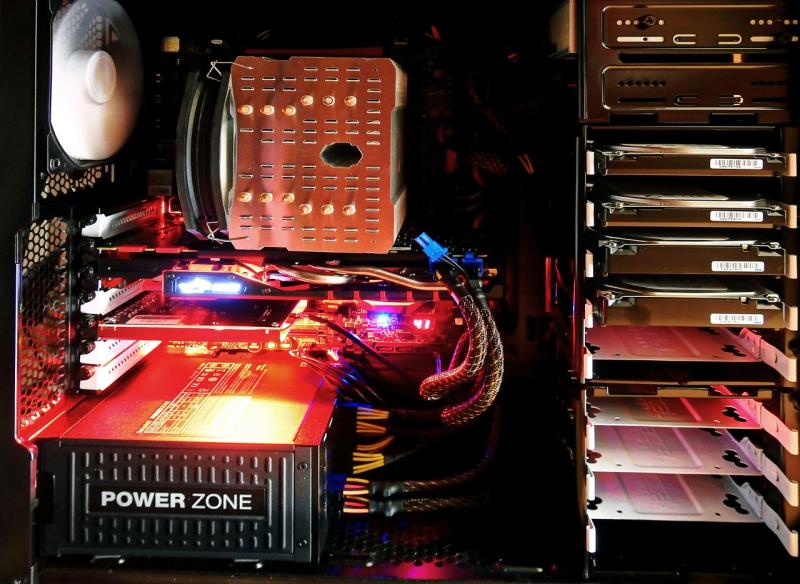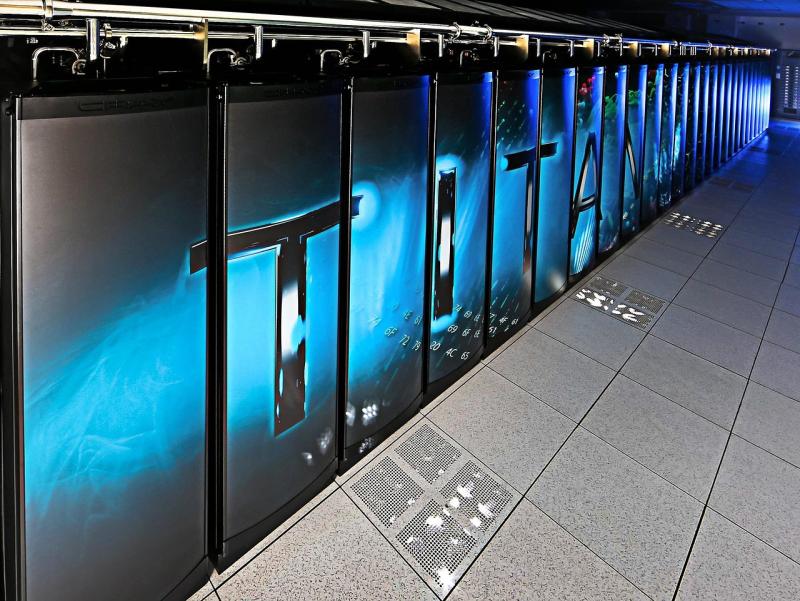The study of language, literature, and historical texts has been transformed by the integration of computational tools, enabling linguists and philologists to analyze patterns, uncover meanings, and preserve cultural heritage. Workstations optimized for linguistic analysis and computational philology provide the processing power, software compatibility, and memory capacity needed for large-scale language modeling, text analysis, and historical document digitization. These systems empower scholars to delve deeper into linguistic structures and textual history.
---
### **Processing Power for Language and Text Analysis**
Linguistic analysis often involves processing extensive textual corpora, conducting syntactic parsing, and running semantic analyses. These workstations feature high-performance multi-core processors optimized for natural language processing (NLP) workflows, ensuring efficient execution of complex computations like dependency parsing, part-of-speech tagging, and word embedding generation.
For computational philologists, these CPUs enable tasks such as comparing ancient texts, identifying dialectical variations, and analyzing linguistic evolution.
---
### **Advanced GPUs for AI-Driven Insights**
AI and deep learning models play a crucial role in advancing NLP tasks, from machine translation to sentiment analysis. These workstations are equipped with GPUs capable of handling massive parallel processing workloads, allowing researchers to train transformer models, detect linguistic features, and analyze multilingual datasets.
For preserving and studying endangered languages, these GPUs accelerate processes such as transcription and phonetic analysis, ensuring timely and accurate insights.
---
### **Expansive Memory for Multi-Corpus Research**
Linguistic and philological projects often require working with extensive datasets, including literary archives, speech corpora, and annotated texts. These workstations provide RAM configurations ranging from 128GB to 512GB, ensuring smooth multitasking across text processing, statistical analyses, and visualization tools.
This capacity supports scholars examining intertextual connections, semantic patterns, or grammatical rules across diverse languages and time periods.
---
### **Optimized Storage for Text Archives**
Textual analysis and computational philology projects generate and rely on large amounts of data, such as historical manuscripts, transcription datasets, and annotated linguistic models. These workstations combine NVMe SSDs for real-time data access with high-capacity HDDs or RAID setups for long-term storage of text archives and project outputs.
Advanced storage solutions ensure that even centuries-old texts are digitized and preserved securely for future study.
---
### **Compatible with Linguistic and Philological Software**
These workstations are optimized for leading tools used in language and text analysis, such as NLTK, Stanford NLP, Voyant Tools, and Praat. GPU acceleration and robust processing capabilities allow for efficient workflows in tasks such as word frequency analysis, phonetic modeling, and historical text annotation.
---
### **Applications Across Linguistics and Philology**
Workstations for linguistic analysis and computational philology support a broad spectrum of scholarly and practical applications:
- **Historical Text Analysis:** Digitize and study manuscripts, inscriptions, and rare literary works.
- **Machine Translation:** Build and refine translation models for modern and ancient languages.
- **Language Documentation:** Transcribe and analyze endangered languages to preserve linguistic diversity.
- **Corpus Linguistics:** Explore syntax, semantics, and usage trends across vast language corpora.
- **Text Mining:** Extract meaningful insights from literature, legal documents, and historical records.
Their adaptability makes these systems indispensable for advancing linguistic research and cultural preservation.
---
### **Reliability for Continuous Scholarship**
Linguistic and philological research often involves extended analysis sessions and collaborative workflows. These workstations are built with industrial-grade components and advanced cooling systems to ensure reliable performance during prolonged projects. This reliability is vital for maintaining the integrity of scholarly research.
---
### **Future-Proof for Linguistic Advancements**
As computational tools for language and text analysis continue to evolve, these workstations are designed to scale. Modular components allow researchers to upgrade processors, GPUs, and memory to accommodate expanding datasets and emerging research methodologies.
---
**Unlocking the Mysteries of Language**
Workstations for advanced linguistic analysis and computational philology empower scholars to bridge the gap between history, culture, and technology. By combining powerful computing, seamless software integration, and secure data management, these systems enable groundbreaking discoveries in the study of language and texts. Whether preserving ancient manuscripts or decoding linguistic structures, these workstations open new pathways in understanding humanity's linguistic heritage.
View our related products
See more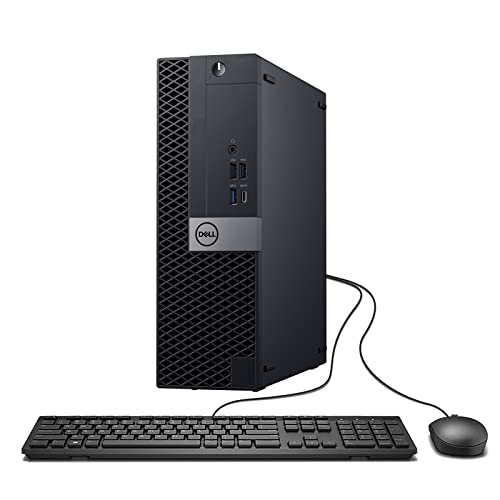
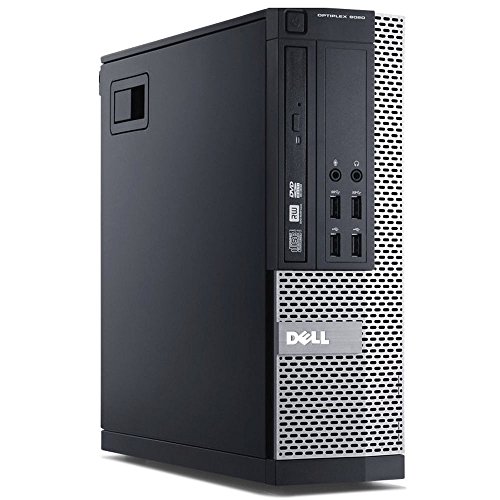
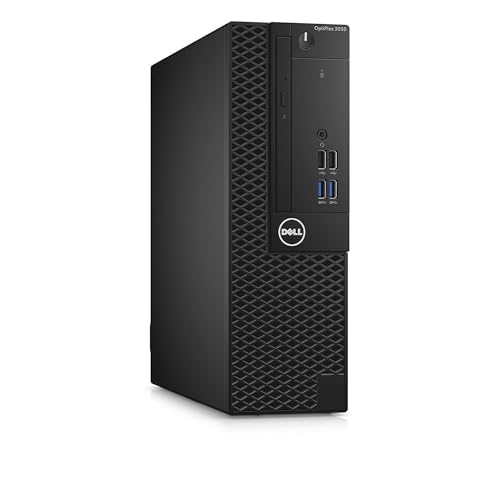
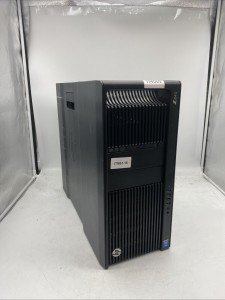
Workstations for Advanced Linguistic Analysis and Computational Philology
Find the Best Tools for Language Exploration and Research
Related Articles
Essential High-Performance PC Components You Need Now
Upgrade your setup with the must-have parts for unbeatable gaming and productivity
Top Picks for Best High-Performance PCs
Find the perfect power machine for gaming, work, or creative projects
Your Guide to the Best High-Performance PCs
Find the Right PC for Your Gaming and Creative Needs
View our related products
See more



